ORGANIC FOOD ADDITIVES
Organic food additives
Definition of food additives
Food additives are substances intentionally added to food products in order to perform specific functions, such as colouring, preservation or sweetening. This is the definition given by the EFSA, the European Food Safety Authority, which also explains how, in the European Union, additives should always be mentioned in the ingredients list, if present. Not only: the label of food must necessarily bring both the additive function and the substance used, indicating the appropriate acronym. Among the food additives most commonly listed on food labels are:- Antioxidants
- Colorants
- Stabilizers
- Emulsifiers
- Thickeners
- Sweeteners
- Preservatives
- Gelling
Additives in organic food
As regards organic food, basically, they should undergo very few treatments and hence be more natural as possible. However, even in so-called organic food some additives are allowed. Below, a quick overview on the organic food additives, classified as follows:- Colorants from E100 to E199, including curcumin (E100), cochineal (E120), amaranth (E123), chlorophyll and chlorophyllin (E140), caramel (E150a), paprika extract (E160c), betanin (E162), tannin (E181)
- Preservatives from E200 to E299, including sorbic acid (E200), calcium sorbate (E203), nisin (E234), sodium nitrate (E251), boric acid (E284), malic acid (E296), carbon dioxide (E290)
- Antioxidants and acidity regulators from E300 to E399, including ascorbic acid, ie vitamin C (E300), dodecyl gallate (E312), calcium lactate (E327), citric acid (E330), sodium fumarate (E365), rosemary extract (E392)
- Thickeners, emulsifiers and stabilizers from E400 to E499, including agar-agar (E406), xanthan gum (E415), mannitol (E412), glycerol (E422), sorbitol (E420), guar gum (E412), sucroglycerides (E474)
- Acidity regulator and anti-caking agents, from E500 to E599, including potassium chloride (E508), calcium chloride (E509), sulfuric acid (E513), aluminum sulphate (E520), calcium oxide (E526), gluconic acid (E574)
